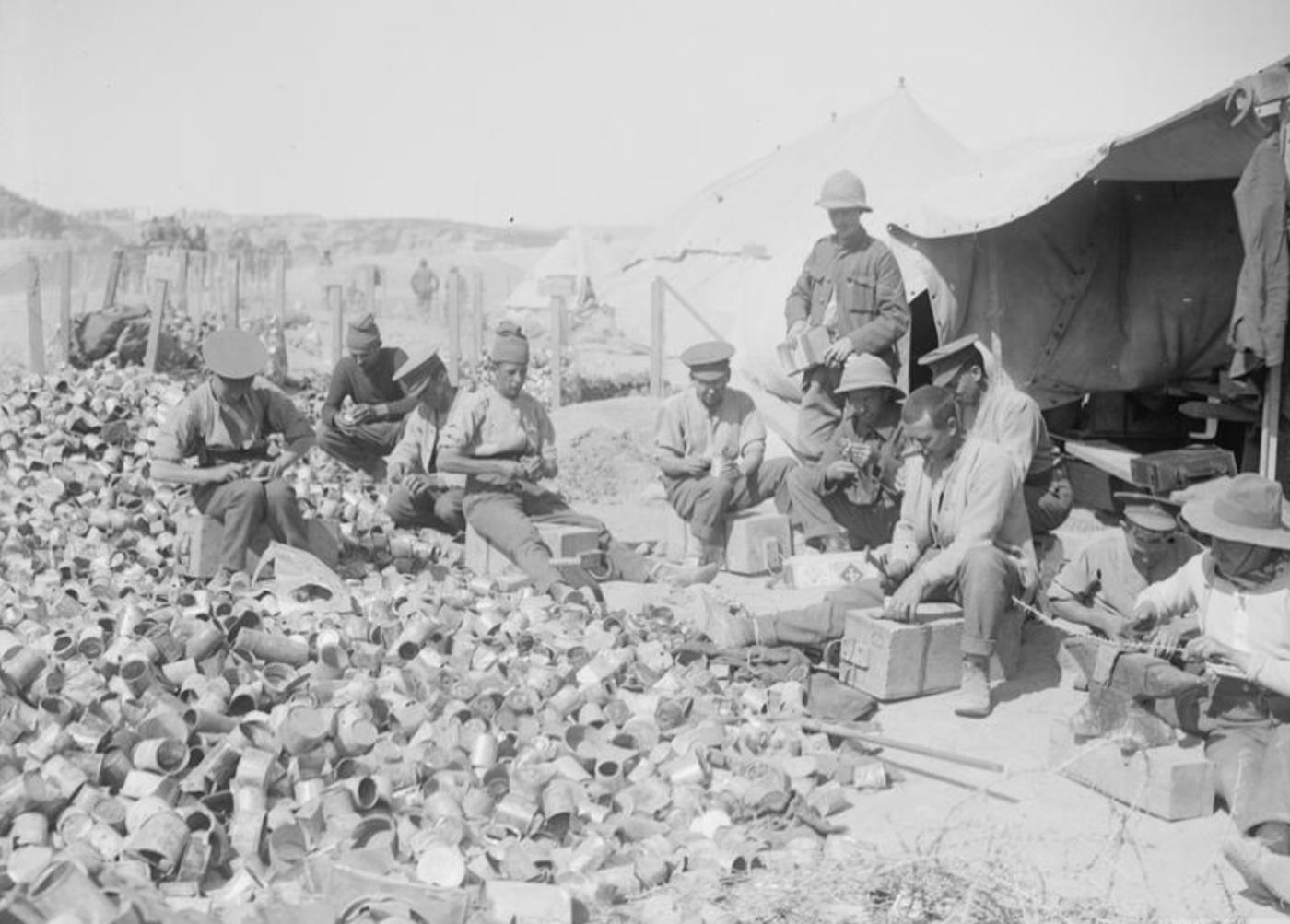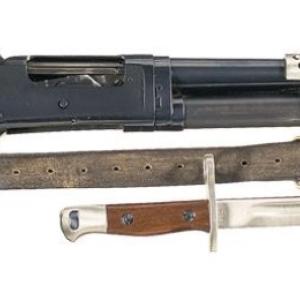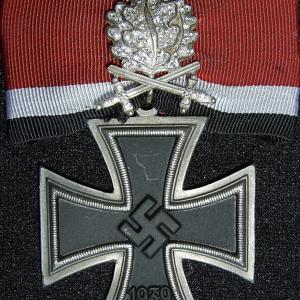
Improvised weapons Jam Tin Grenades
During the early stages of World War I, before standardized hand grenades were widely issued, soldiers on the Western Front resorted to improvised explosive devices known as "jam tin grenades." As their name suggests, these makeshift weapons were often constructed using empty jam tins — a common item in military rations. Their invention reflected the urgent need for close-combat explosives in the trenches, particularly for clearing enemy dugouts and defending narrow lines.
The typical jam tin grenade consisted of two metal tins: a smaller inner tin filled with explosive material, such as gun-cotton or gelignite, and a larger outer tin packed with shrapnel — nails, scrap metal, ball bearings, or stones. This outer layer turned the grenade into a deadly fragmentation device. The whole assembly was then sealed, and a rudimentary fuse system was added. Most commonly, these fuses were simple friction igniters or timed matches, lit by hand before the grenade was thrown.
While crude and inconsistent, jam tin grenades were effective in the brutal trench warfare environment. They were easy to produce on or near the front lines, and could be assembled by soldiers with basic materials and minimal training. However, their improvised nature made them unpredictable. Accidental detonations and short fuses were common, making them as dangerous to the user as to the enemy in some cases.
Despite their limitations, jam tin grenades played an important role in the early war effort. As the conflict progressed, professionally manufactured grenades such as the British Mills bomb and German Model 24 Stielhandgranate gradually replaced them. Nonetheless, the jam tin grenade remains a potent symbol of the ingenuity and desperation that defined trench warfare in World War I.










